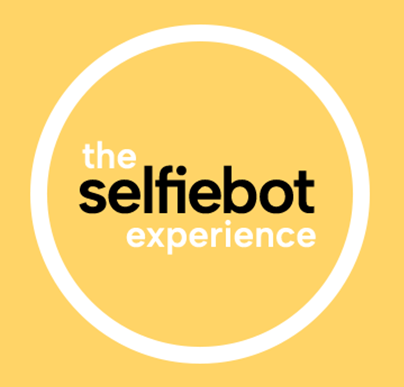Test and Learn
Five things we learnt designing emerging technology solutions for the event industry
Now more than ever, audiences expect technology to be an integral part of any experience.
Peter Thiel said, ‘We wanted flying cars, instead we got 140 characters’.
Even the most conservative marketing and event managers are realising more and more that creating a delightful experience requires something more than a great location and sophisticated catering.
However, with the lightspeed at which our tech-focused society is moving, the task of choosing effective, relevant emerging technologies for a particular brand’s storytelling can be daunting.
Witness the marvels of modern technology: AR, VR, AI chatbots, robotics, voice apps and a plethora of drones, 3D scanners, and biotech and neuro technologies evolve constantly, and new and exciting solutions pop up daily.
Apart from the difficulty of understanding the feasibility of these solutions and their effectiveness, marketing managers are particularly concerned about the process and budget required to develop bespoke interactive installations and other experiential technology solutions.
And they should be.
Designing, executing and maintaining a bug-free bespoke installation using new, often experimental technologies requires an appropriate budget and long testing periods to avoid disasters.
The good news is that thanks to recent advances in digital manufacturing, rapid prototyping and modular electronics, creating bespoke technical solutions is easier than ever. If budgets and timeframes are still a concern, plenty of off-the-shelf solutions can be easily adapted, rebranded and combined to create executions that feel fresh and newsworthy.
Implementing creative technology can be expensive, but there are smart ways to do it.
I thought it would be useful to share the five things most valuable things I have learnt over the last 15 years while designing experiential technology solutions:
1. Involve a creative technologist during the concept stage
Having a T-shaped technologist sitting at the concept table can really help you steer ideas towards unexpected directions and find cost-effective solutions that fit your budget without reinventing the wheel.
2. Set an indicative production budget
Blue-sky ideas are great, but at the end of the day, time is money. Spending days or weeks working on ideas that could require 10x your available budget is a waste of time for all parties involved. We all know it is difficult to pull a figure out of nowhere, but setting a target budget to produce a particular project drastically improves your chances of bringing to life a well-executed activation. In fact, having an indicative budget forces technologists to find smart, cost-effective solutions that can still be relevant and newsworthy while ultimately providing great ROI.
3. Keep an open mind
When working on ideas, creatives often tend to fall in love with a particular execution or technology. Perhaps all the buzz around machine learning, mixed reality, 3D printing and drones can affect our judgement. The reality is that after a bit of investigation, you might be a better, sometimes unusual way of doing things that massively improves the quality and efficiency of the final experience.
Accepting a change in direction while maintaining the core idea can be difficult at times, but I believe that what really matters is the quality of the end result.
4. Keep it simple
Avoid feature creep! The ongoing expansion or addition of new features in a product, especially complex hardware or software, can massively increase your risks and bloat your budget and timeframe.
Like in many other fields, less is more in creative technology. Identifying core features that enable the creation of an unforgettable experience is the perfect recipe for success. For example, there is no need to create a VR experience with 12 different scenarios when the average user will only have two minutes to experience it.
5. Trust the experts
Creative technologists spend days, nights and weekends reading about and prototyping with new technologies. They can really make things that feel like magic. Finding technical partners you trust and listening to their advice can help you make amazing things happen. Real experiences still matter, and we are bombarded by content, but nothing sticks like a real-life experience that seamlessly embeds cutting-edge technology that fits the brand.
